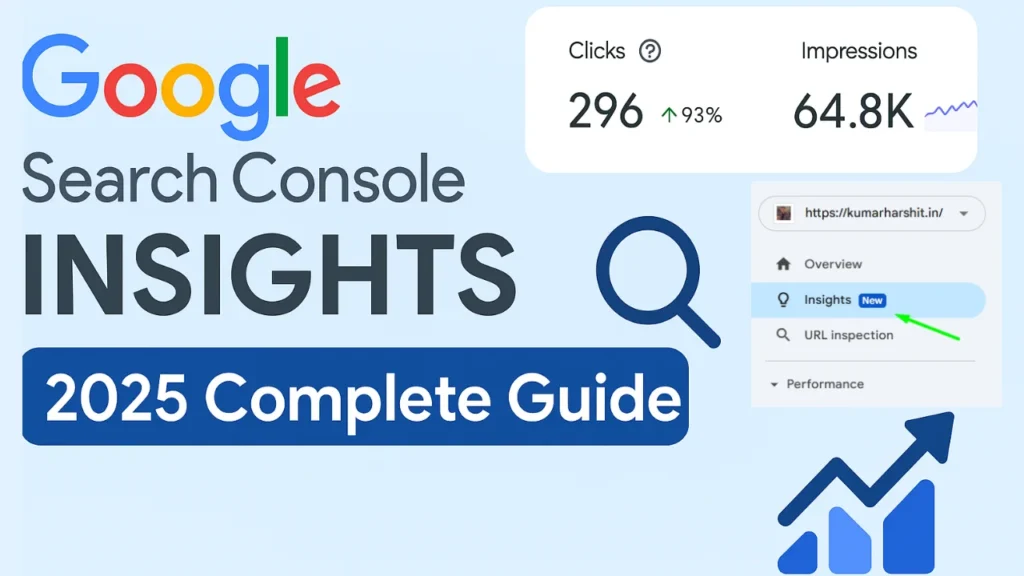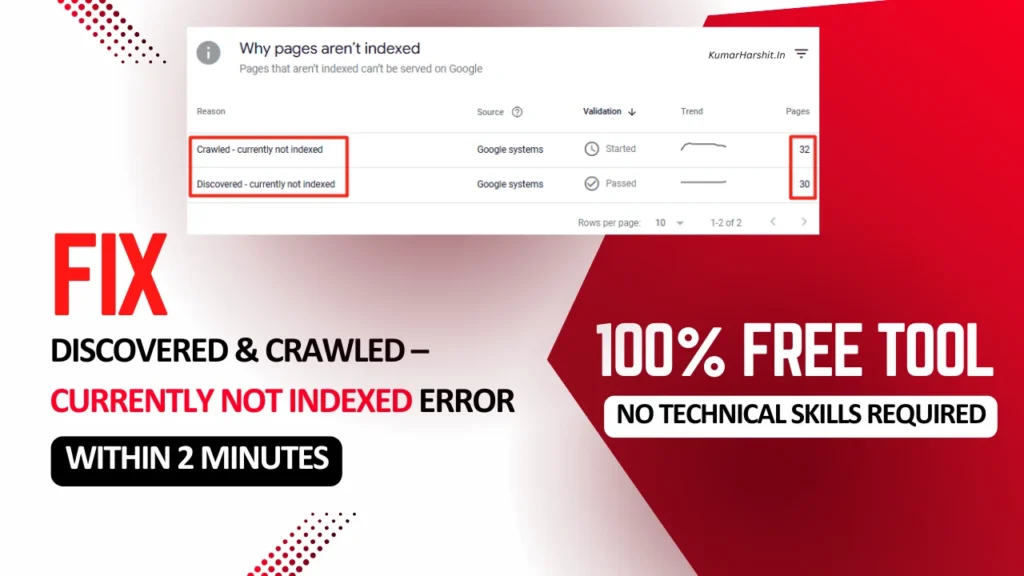Robots.txt Refresher: Google Launches a New Educational Series

Google has introduced a new blog series aimed at refreshing knowledge about robots.txt, robots meta tags, and the control they provide for website crawling. This initiative follows Google’s December series on crawling and aims to help webmasters, SEOs, and developers better understand how to manage search engine access to their sites.
Understanding robots.txt
- The robots.txt file is a simple text file placed on a website’s server to instruct crawlers on which parts of the site can or cannot be accessed.
- Most content management systems (CMS) automatically generate robots.txt files, but they can also be created manually.
- Crawlers, including search engines, use this file to determine how they interact with a website, improving efficiency and reducing unnecessary server load.
Why It Matters
- The robots.txt protocol has been around since 1994, even before Google existed, and remains a key part of website management.
- It became an IETF proposed standard in 2022, ensuring its continued relevance and adoption across the web.
- Website owners can modify robots.txt using a simple text editor, making it accessible to both technical and non-technical users.
What’s Next?
Google hints at more discussions around robots.txt evolution, including new directives and adaptations for AI crawlers. With robots.txt continuing to be an industry standard, this series will provide valuable insights for website owners looking to optimize their search presence.
Stay tuned for further updates on robots.txt and crawling best practices!


Leave a Reply